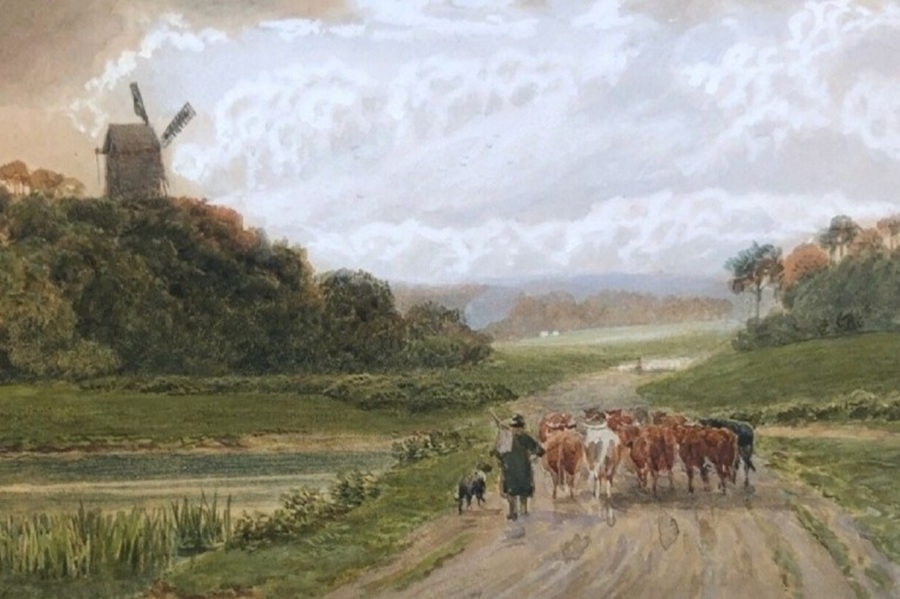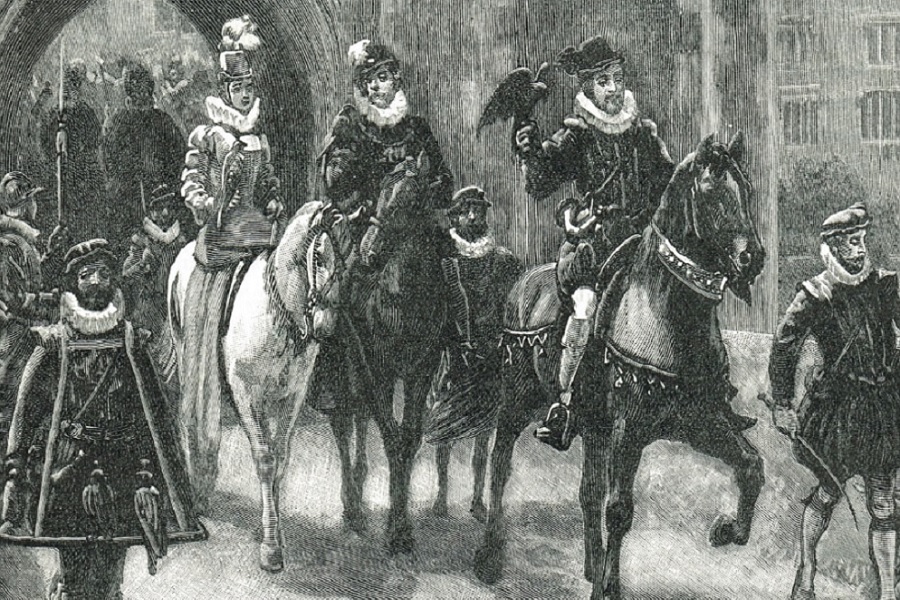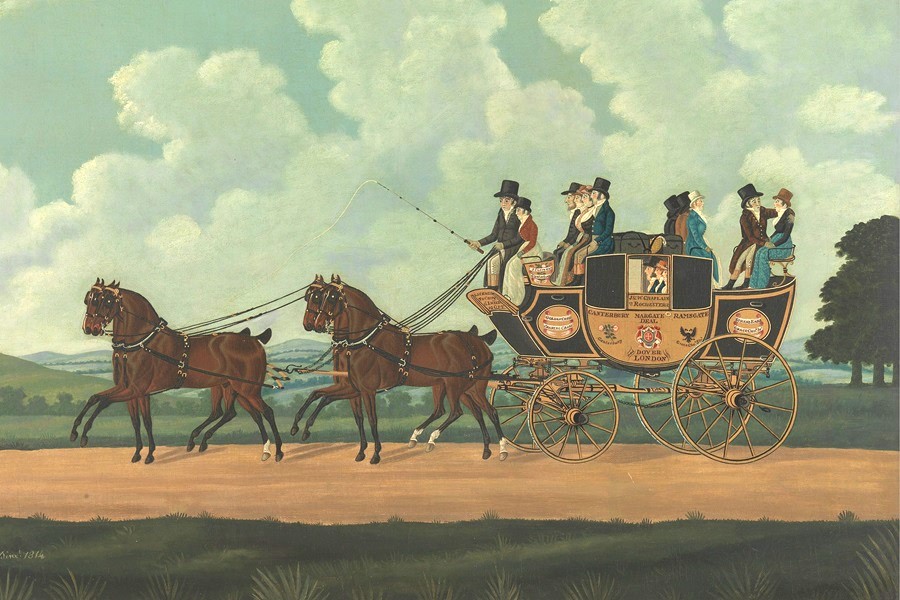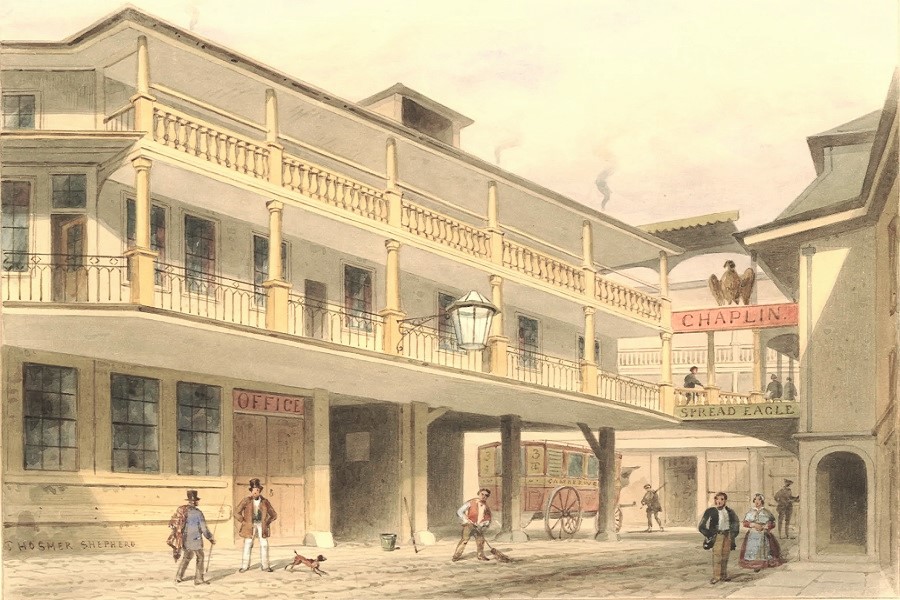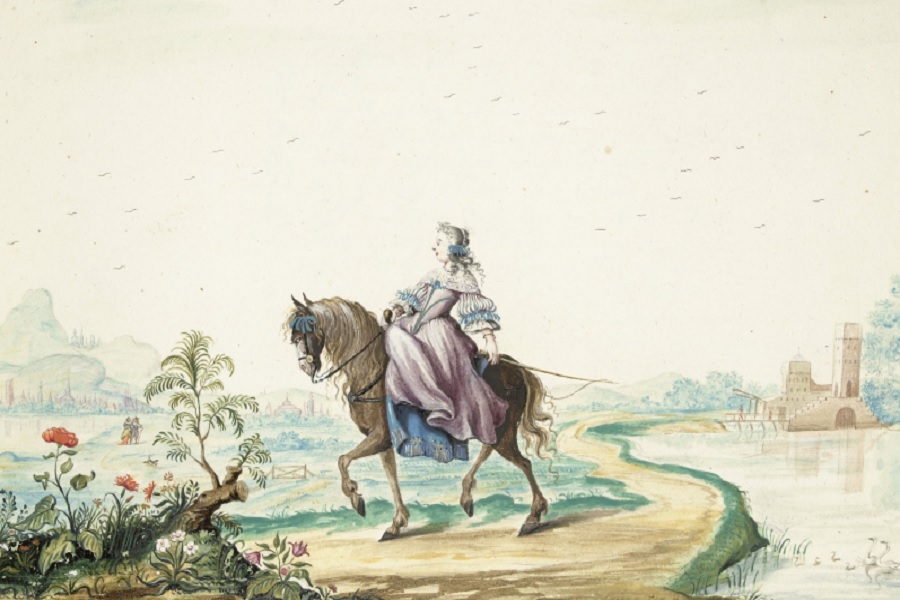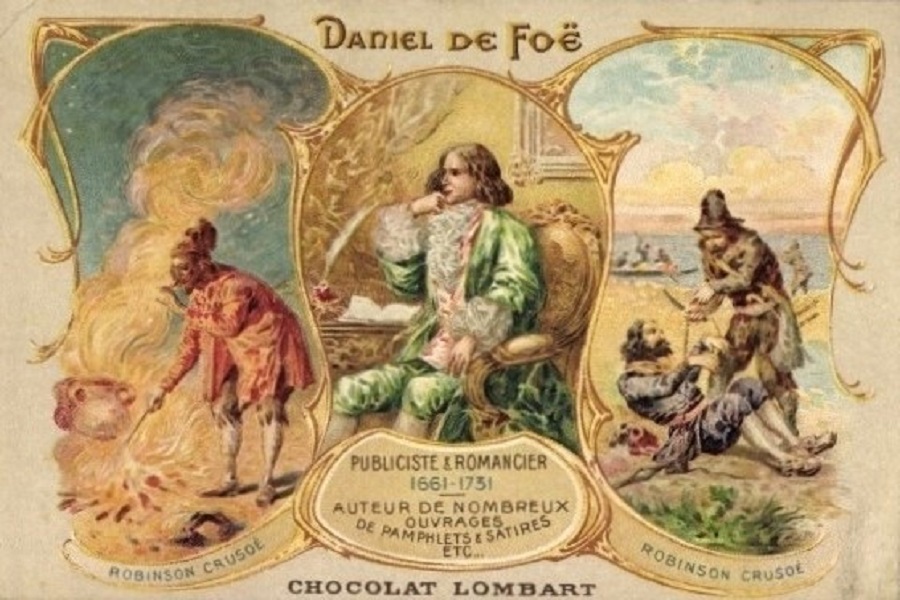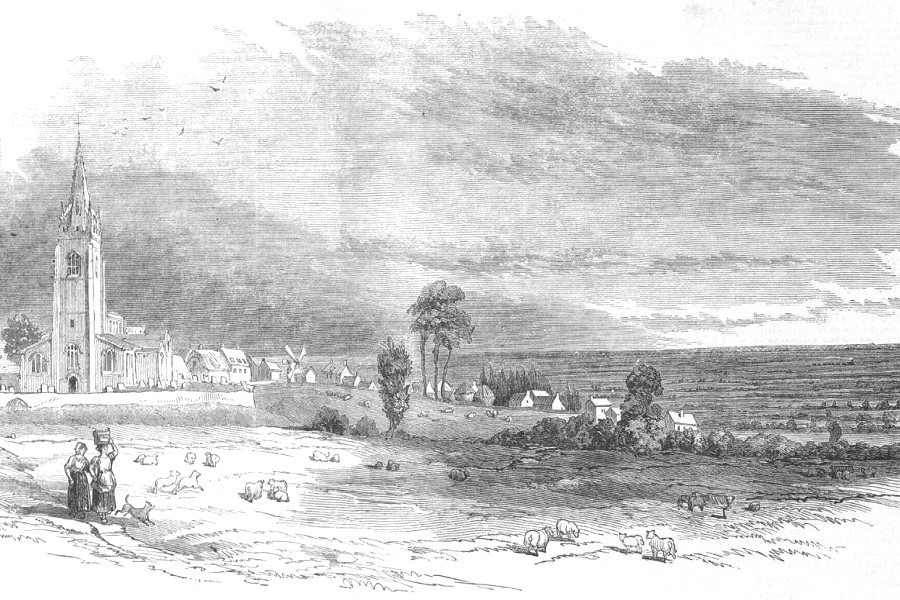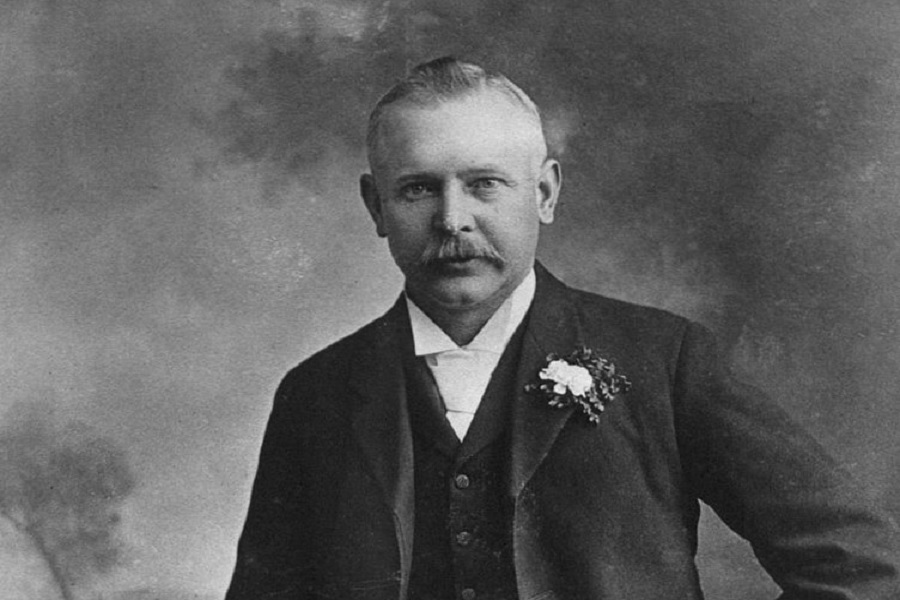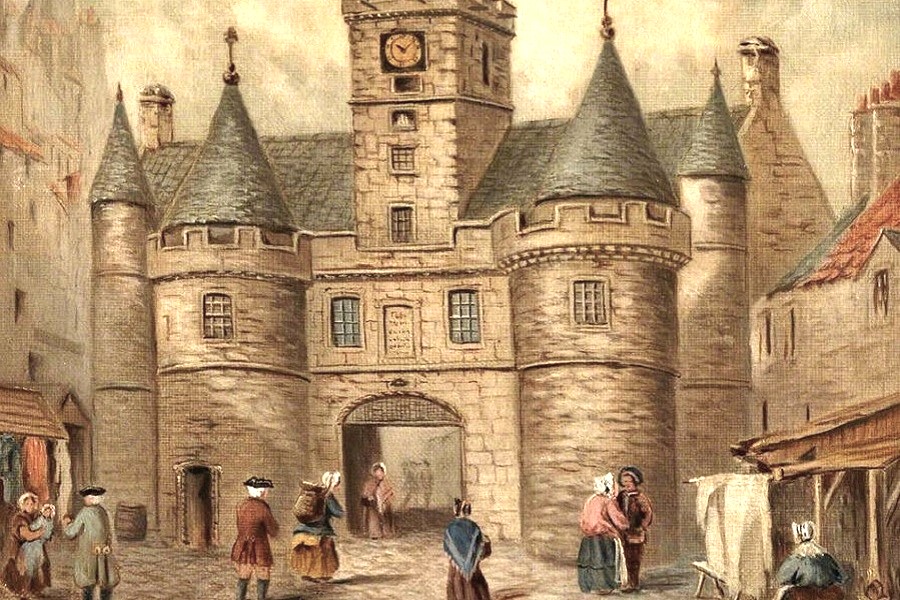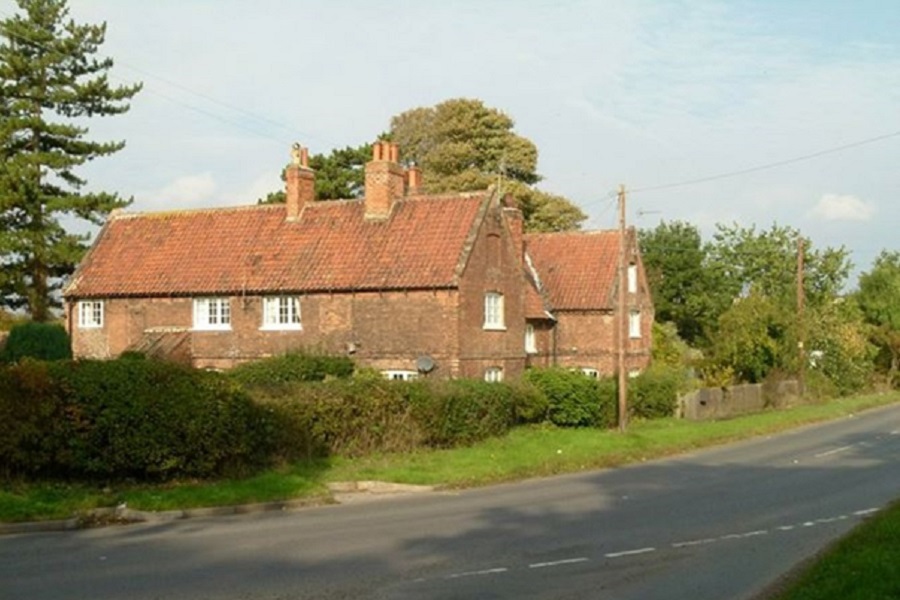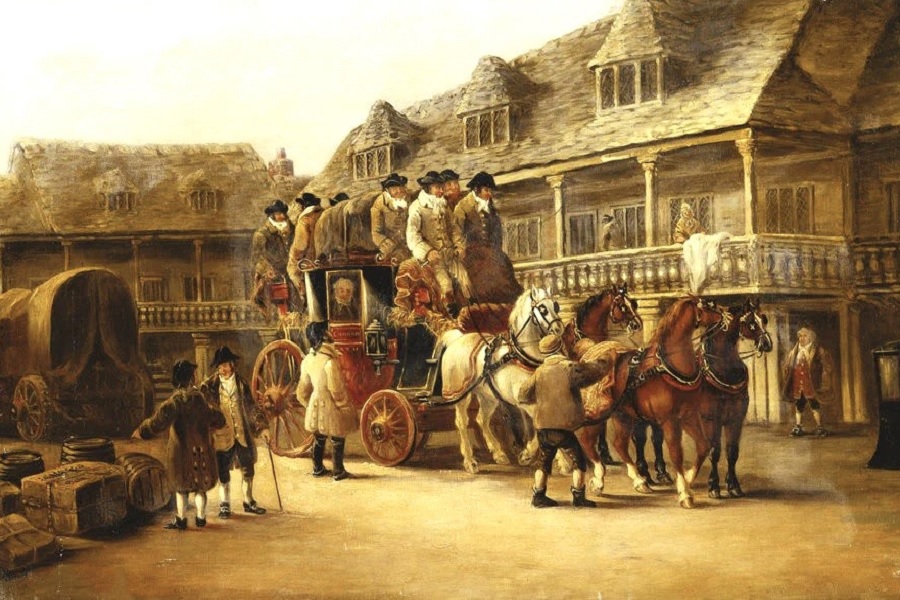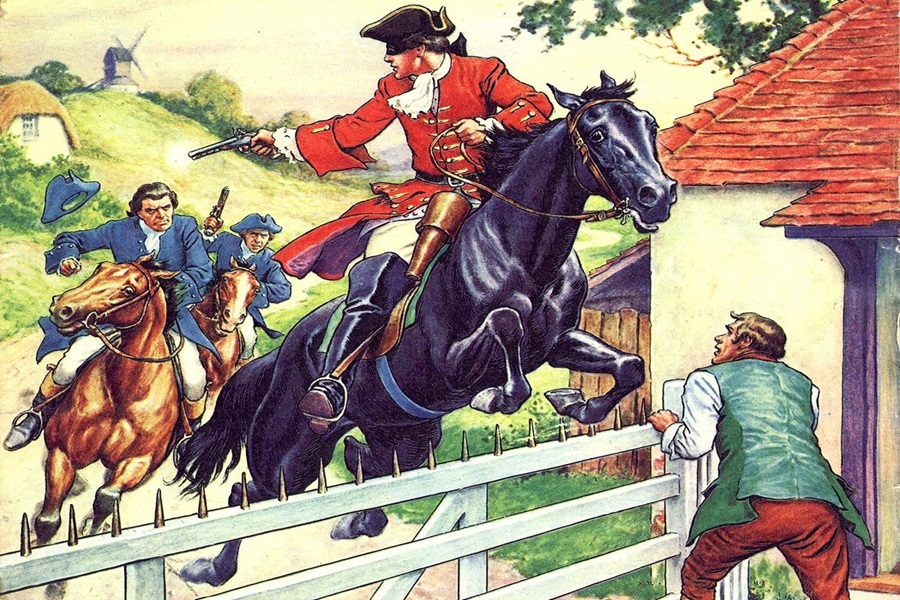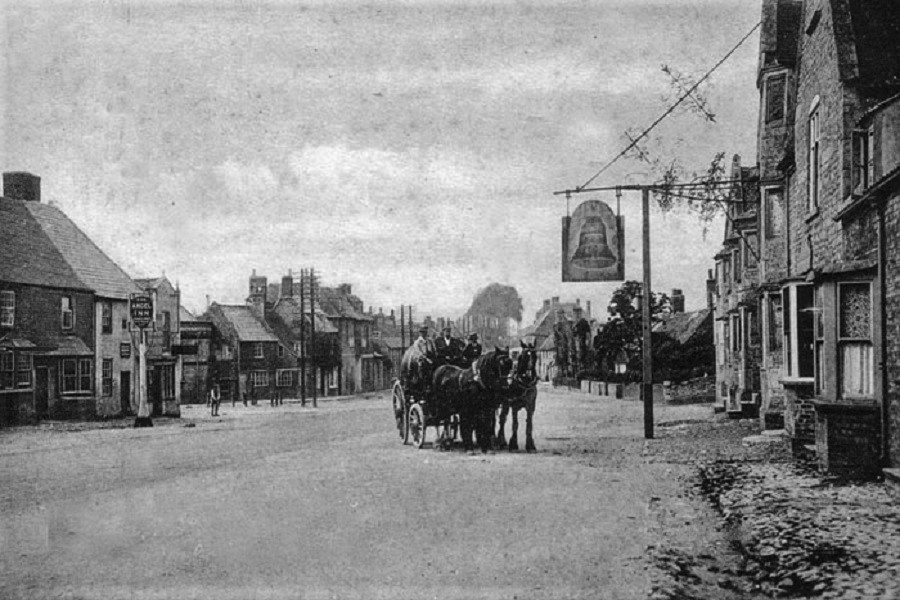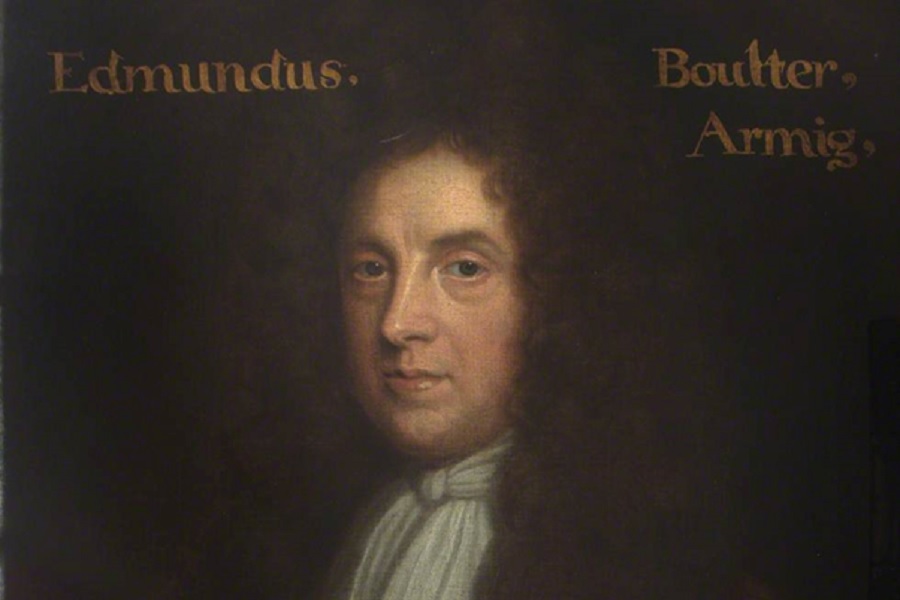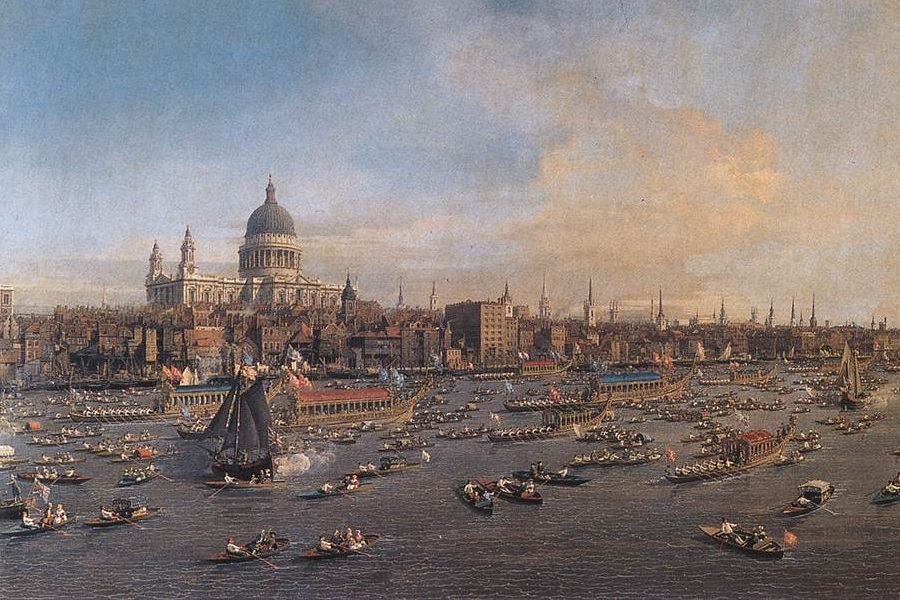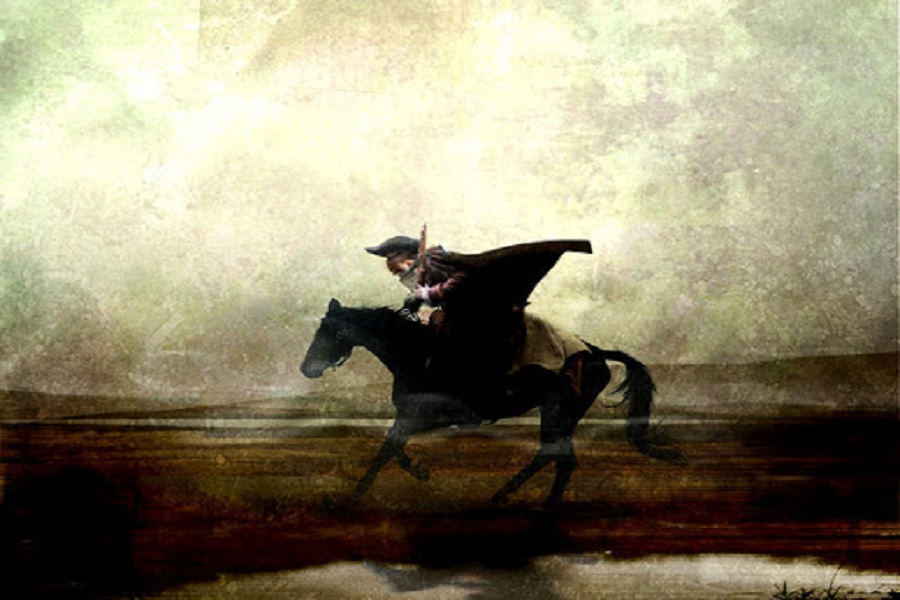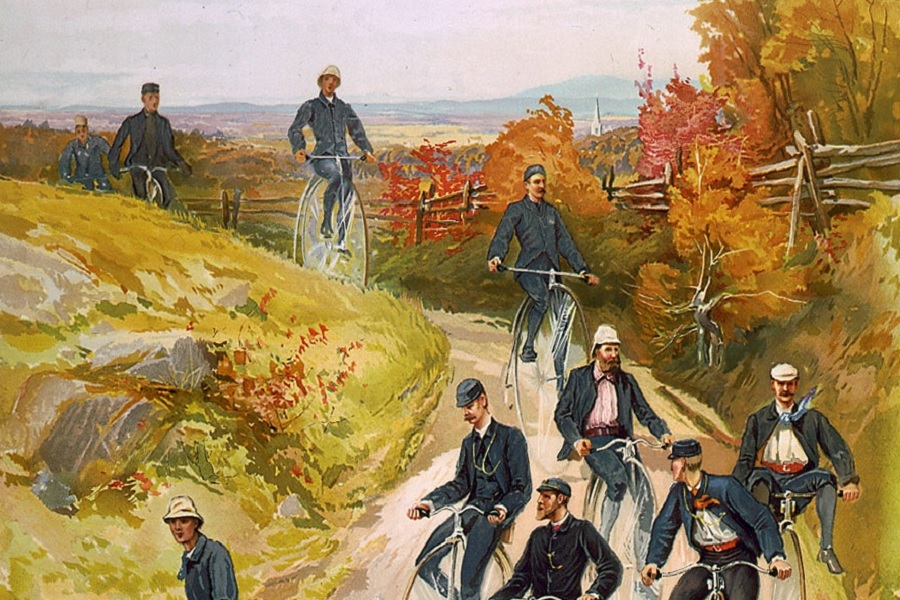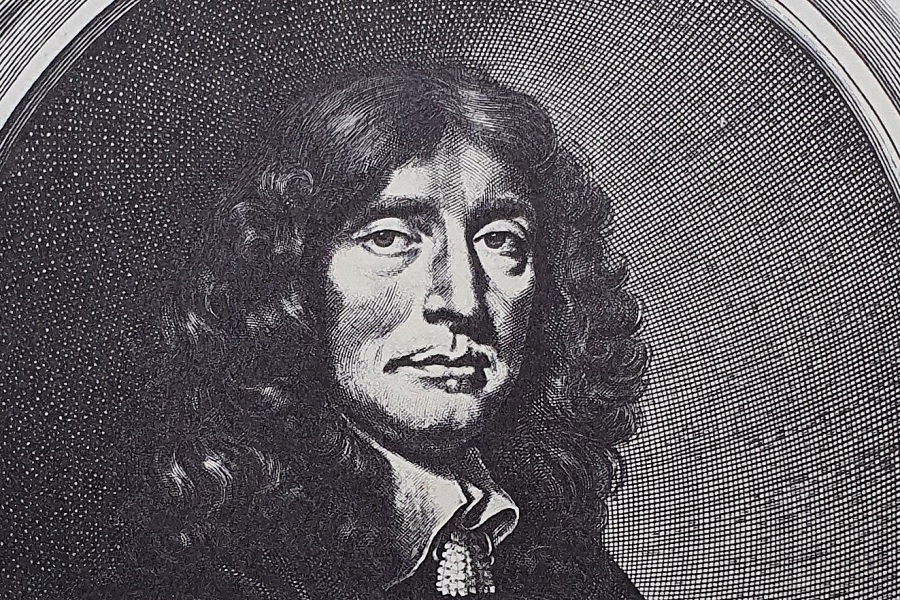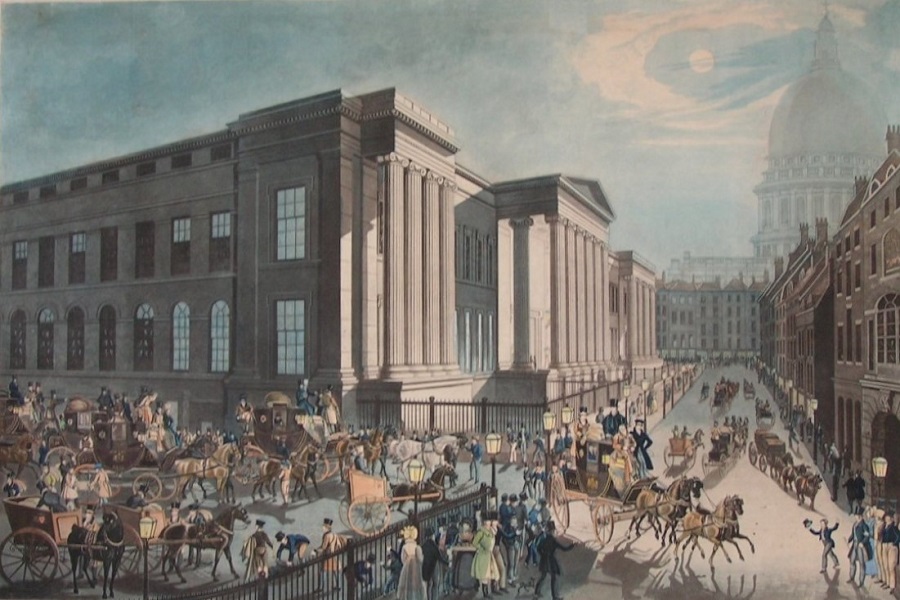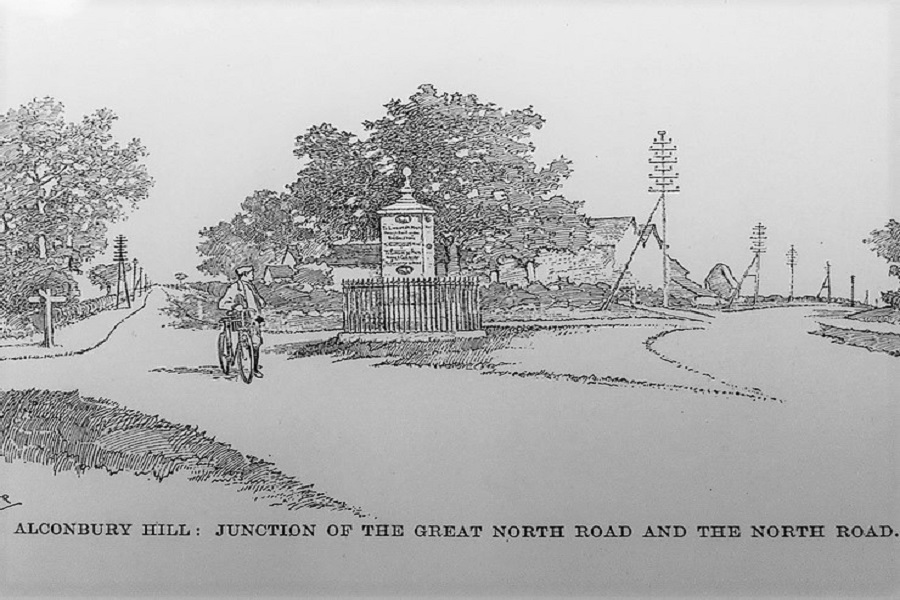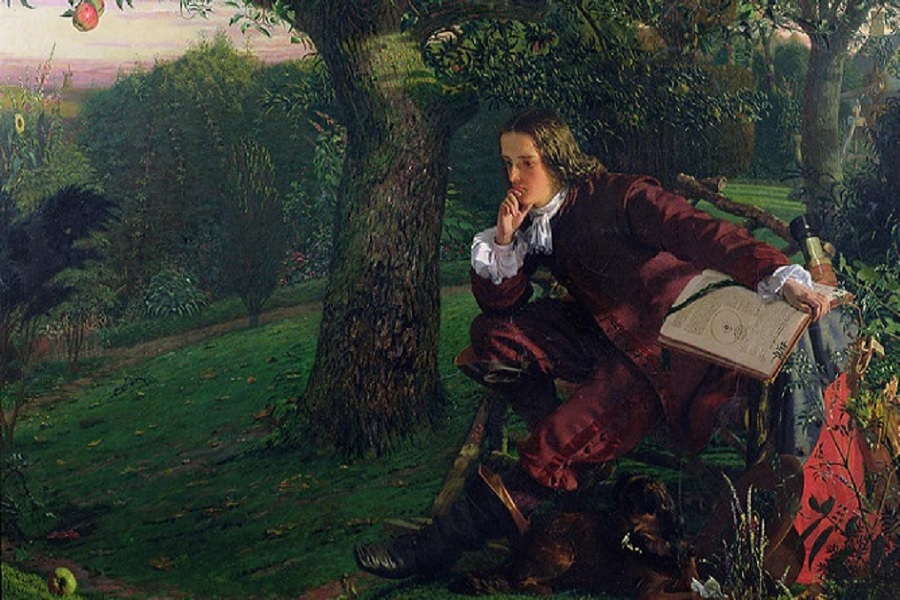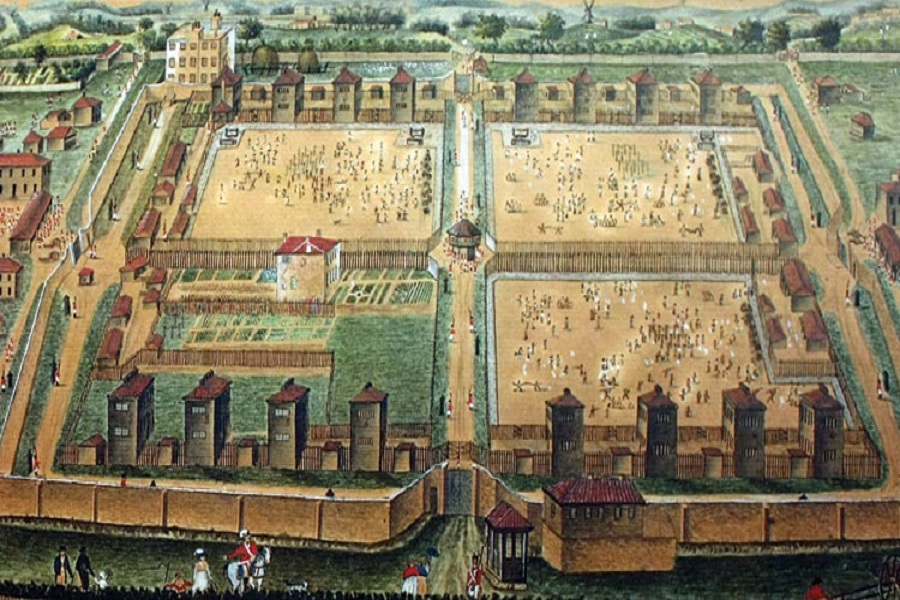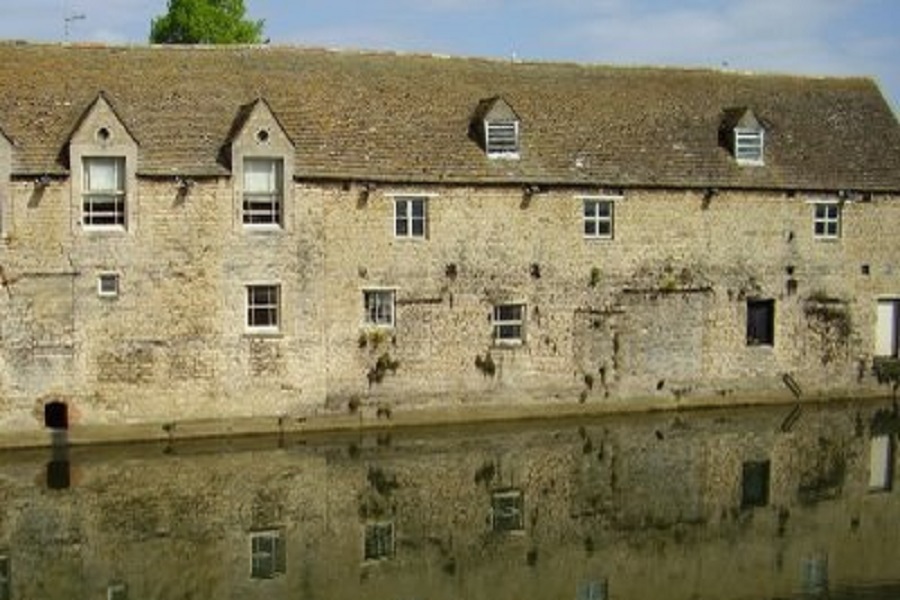Drovers
Drovers living with their livestock were often seen to be amongst the lowest in society; filthy, rude, and often worse the wear for drink. There may be truth in this ...
Cribb v Molineaux
The Cribb v Molineaux boxing match to decide the English title took place close to the Great North Road in 1811. It is claimed to have drawn a crowd of 20,000 to a field at Thistleton...
Gonerby Hill
Novelists of the 19th century ensured that Gonerby Hill became a firm part of Great North Road folklore. William Harrison Ainsworth, a fellow writer and friend of Dickens...
The Ram Jam Inn
The Ram Jam at Stretton grew from being a modest village inn to a Great North Road institution. Where did the "Ram Jam" name come from? And what's the link...
Songs for the Great North Road
Bernard Dady likes writing songs. They are creative, thought provoking, quirky and fun. They cover any topic under the sun from stained glass windows to...
Stevenage Inns
Hostelries of all kinds developed to meet the diverse needs of an increasingly mobile population. Some catered for drovers and farmers taking their livestock to market in...
Burghley House
The route of Ermine Street runs through the Burghley estate and remains a public footpath. The Great North Road ran alongside the estate as the road winds...
Ferrybridge Coaching Inns
There was a thriving cluster of coaching inns at Ferrybridge in the 18th and early 19th centuries. Famous hostelries included The Angel, The Swan and...
Margaret Tudor
Margaret Tudor was at the centre of relationships between England and Scotland. Aged 13 she made a triumphant journey to Edinburgh along the Great...
King James I
A meandering but triumphant journey south along the Great North Road marked the start of the reign of King James I in 1603. It was his first visit to England...
Stage-coach History
Stagecoach history is intertwined with societal changes in travel habits, technical innovation, the roots of industrial revolution, population growth and...
London Coaching Inns
By the early 19th century there were 120 stage coach inns within a city which was far more compact than today. Many of the coach services were aligned with specific...
Celia Fiennes
Celia Fiennes was an early travel writer. She toured extensively through England in the late 17th century. Her diaries describe many of the towns...
Daniel Defoe
Daniel Defoe was an early travel writer who wrote with descriptive detail about what he saw. Most of the towns and cities along the Great North Road are recorded...
Whittlesea Mere
Until the 1850s Whittlesea Mere was one of the largest lakes in England. It had long been a rich source of fish and wildfowl – and by the 18th century it was also attracting...
Daniel Albone
Daniel Albone’s family ran the Ongley Arms pub alongside the Great North Road in Biggleswade, just south of the bridge over the River Ivel. He became an entrepreneurial designer...
Edinburgh Coaching Inns
Arguably it was the Great North Road and the development of coaching services which was the precursor to the emergence of coaching inns and hotels in Edinburgh...
York Coaching Inns
York coaching inns flourished and had a major impact on the economic fortunes of the city for 200 years. The high point was after the road improvements associated...
The Rushey Inn, Babworth
Many coaching inns are long gone, falling victim to the ravages of time, changing habits and road widening. The Rushey Inn at Babworth near Retford has been...
The Angel Inn, Grantham
The Angel Inn traces its roots back to a hostel built in 1203 by the Knights Templar; this was a military/religious order which supported those fighting the Crusades or...
The George, Stamford
The George at Stamford vies with the Angel at Grantham as the country’s oldest surviving coaching inn. Its distinctive wooden arch over the Great North Road...
Coaching Inns
As horse drawn coaches and wagons multiplied during the 18th and early 19th centuries, they spawned a new network of coaching inns and support facilities...
Buckden Palace
Buckden Palace sits directly alongside the Great North Road. In medieval times it straddled the road in Buckden with the Bishop’s Palace and Little Park to...
Dick Turpin
Dick Turpin, the “Flying Highwayman”, was famed for his bravery, resolution and generosity. A scoundrel and a thief but also a gentleman who minimised any...
Road Building Revolution
The growth of turnpikes after 1700 started to provide funding for investment but it was the road building revolution of the late 18th and the 19th centuries which...
Edmund Boulter
Edmund Boulter was a wealthy businessman and member of parliament who left his mark on the Great North Road. His properties came to include Wimpole and...
Turnpikes
The first turnpike in the country introduced charges to a section of the Old North Road. Over the next 100 years turnpikes were introduced the length of...
St Paul’s Cathedral
Saint Paul's Cathedral is not “on” the Great North Road – more one of its “bookends”. However, whether you define the London end of the road...
John Muir
John Muir was a 19th century conservationist who pioneered the national parks concept in the USA. He was born in Dunbar in 1838. The citizens of...
John Nevison – Highwayman
John Nevison was one of the most infamous highwaymen operating along the Great North Road. His gang of outlaws met at the Talbot Inn at Newark and robbed...
Stilton Cheese
King of Cheeses. Stilton is recognised across the world as a unique and special variety. Its initial commercial success was the direct result of its popularity with coach...
Cycling
Cycling the Great North Road became a popular past time in the late Victorian and early Edwardian period. Today’s car and truck drivers should perhaps.....
Ogilby’s Britannia
John Ogilby published an early road atlas of England and Wales. Each of his chosen roads was displayed in linear form. The route from London to Barwick....
History of The Post
The Great North Road developed as a means of faster and more frequent transport of people and goods, but it was the needs of the emerging postal service that....
Alconbury Junction
Alconbury has long been an important junction of major routes. It is where the Old North Road and the Great North Road routes from London converged.....
Isaac Newton
Isaac Newton was born on 25th December 1642 at Woolsthorpe close to the Great North Road near Colsterworth. Woolsthorpe Manor is now a National Trust.....
Norman Cross
Norman Cross is no major settlement but it has been a well known point of interest along the Great North Road for centuries. It is now necessary to make.....
Stamford Canal
The Stamford Canal was the longest canal with locks in the country when it was opened, preceding the 'canal age' by around 100 years. By the 16th century.....

